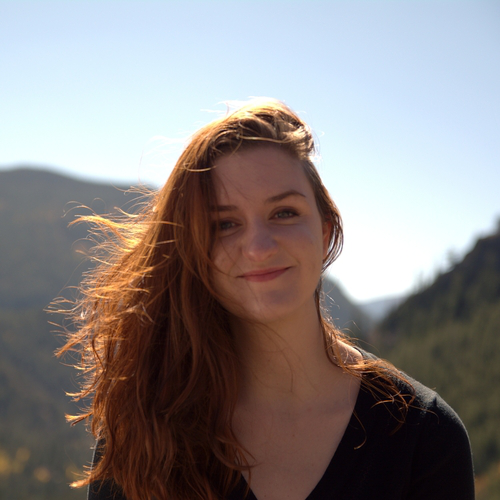Particle Putt-Putt
Table-top space plasma themed mini-golf course
As a CU Science Ambassador, my goal was to design a hands-on science activity for K-12 students on a space weather topic. I decided I wanted to use a miniature golf game to help kids visualize how charged particles from the Sun interact with Earth’s magnetic field and can escape into the atmosphere to create aurora. I spent three months brainstorming, planning, and building a table-top mini-golf course to represent magnetic field lines and space plasma physics - and thus, “Particle Putt-Putt” was born!
In the game, a golf ball represents a charged particle coming from the Sun. There is weather on the Sun just like there is weather here on Earth, except weather on the Sun is not rain or snow or thunder. But the Sun does have storms! The Sun has a tremendous amount of energy and can reach temperatures of 27 million degrees Fahrenheit at its center. Light, heat, and energy move from the center of the Sun to its surface. Electrical currents of charged gas create magnetic fields inside the Sun. A strong magnetic field can push its way through the solar surface, allowing hot charged gas (plasma) to move through the surface. The solar magnetic field stretches and twists like a rubber band, and that rubber band can break. When this happens, magnetic field and plasma explode off the surface of the Sun and can travel towards Earth, reaching the Earth in a few days. One of these plasma particles is our golf ball!
The magnetosphere is the region around the Earth that hosts the Earth’s magnetic field. It acts like a shield and protects the Earth from the huge amounts of energy that the Sun bombards us with regularly. Earth is essentially one giant magnet and has a magnetic field because at its center, hot liquid iron is moving which generates magnetic forces. Hot, electrically charged gas from the Sun interacts with Earth’s magnetic field. Plasma from the solar storm streams along the magnetic field lines towards Earth’s poles. Earth’s magnetic field lines in the game are represented by the barriers on the mini-golf course - these are small walls I built from foam and covered in green felt that the solar charged particle (the golf ball) can hit, bounce off of, or slide along on the course.
Like in regular mini-golf, the goal of “Particle Putt Putt” is to hit the ball so that it travels into the hole. I designed the course so that the kids would need to employ some principles of plasma physics in order for the golf ball to reach the hole, summarized in the table below.
| Principle of charged particle motion | How the principle is actualized in the mini-golf game |
|---|---|
| Charged particles do not like to cross magnetic field lines | The golf ball cannot go through the walls built on the golf course |
| Charged particles gain parallel velocity and energy when they are closer to the magnetic field line (their radius of curvature is smaller) | The golf ball moves faster if it slides along the curved wall on the golf course |
| If a charged particle does not have enough parallel energy, the concentrated magnetic field area can be strong enough to push the particle in the opposite direction and it will bounce back | The golf course is tilted upwards ~30 degrees with the hole at the top and the golf ball at the bottom. If the ball does not move at a fast enough speed after it’s been hit by the player, it will roll back down to the bottom of the course due to the tilt |
| If a charged particle has enough parallel energy, it can overcome the strong magnetic opposing force and enter Earth’s atmosphere | The player needs to hit the ball so that it can move fast enough by sliding along the curved outer “magnetic field line” wall in order to reach the hole at the top |
When solar charged particles travel along Earth’s magnetic field lines and escape into Earth’s atmosphere at the poles, we can see aurora at high latitudes. Electrons from the solar wind collide with oxygen and nitrogen in Earth’s atmosphere. Energy is transferred from the solar charged particles to the oxygen and nitrogen atoms. The O and N atoms get excited. When an atom gets excited, its electrons move farther away from the central nucleus. Then the excited atom wants to release the newfound energy to go back to its original state. O and N atoms release energy in the form of light, or photons - this is the aurora. O gives off green light when it is excited, while N gives off blue and red colors. Similarly in the game, when a player hits the golf ball into the hole, they are treated to a light-up display of colors to represent the aurora! The “auroral” light-up display animation was designed and implemented using an LED grid, Arduino, and Raspberry PI.
Check out the quick video below to see “Particle Putt-Putt” in action!

